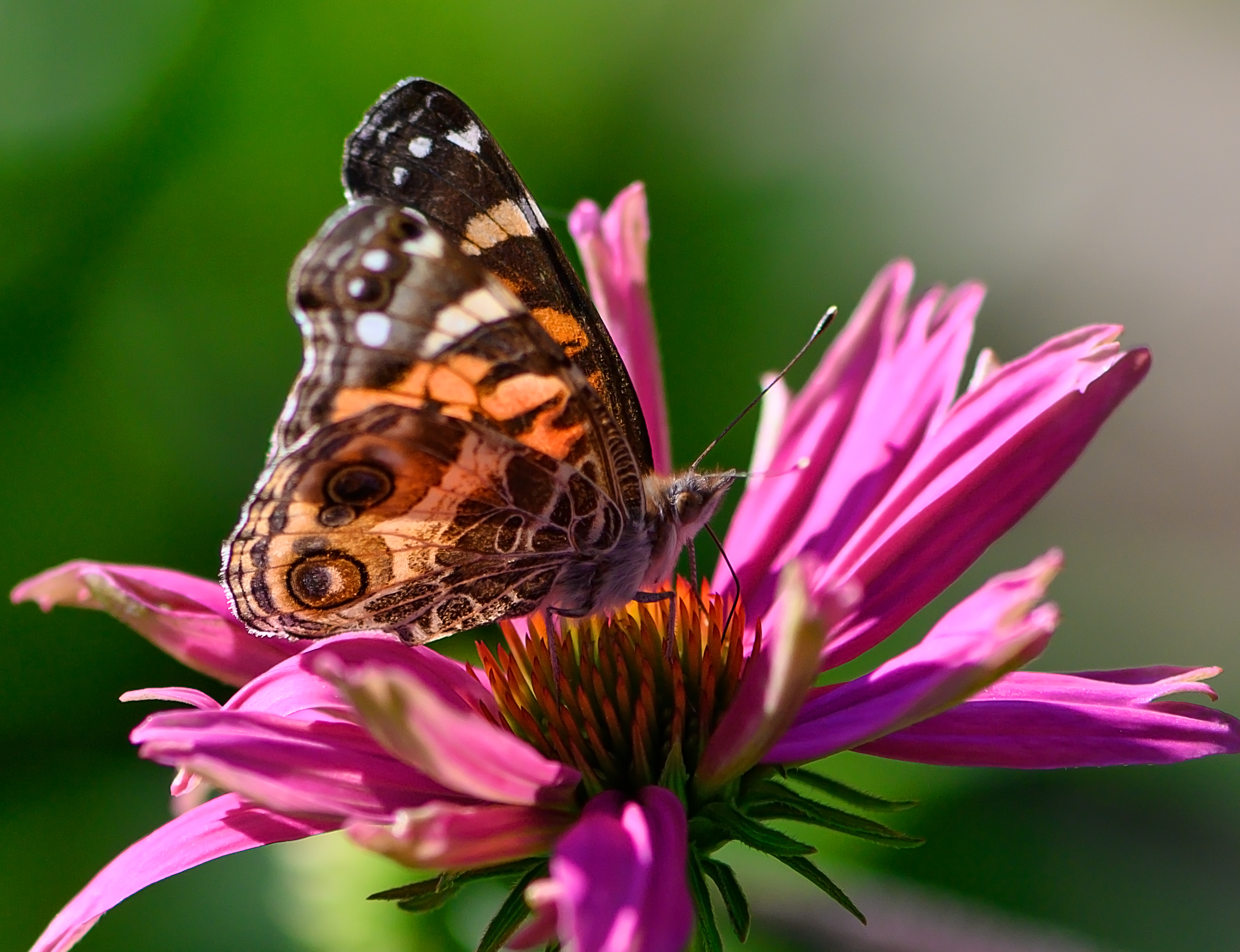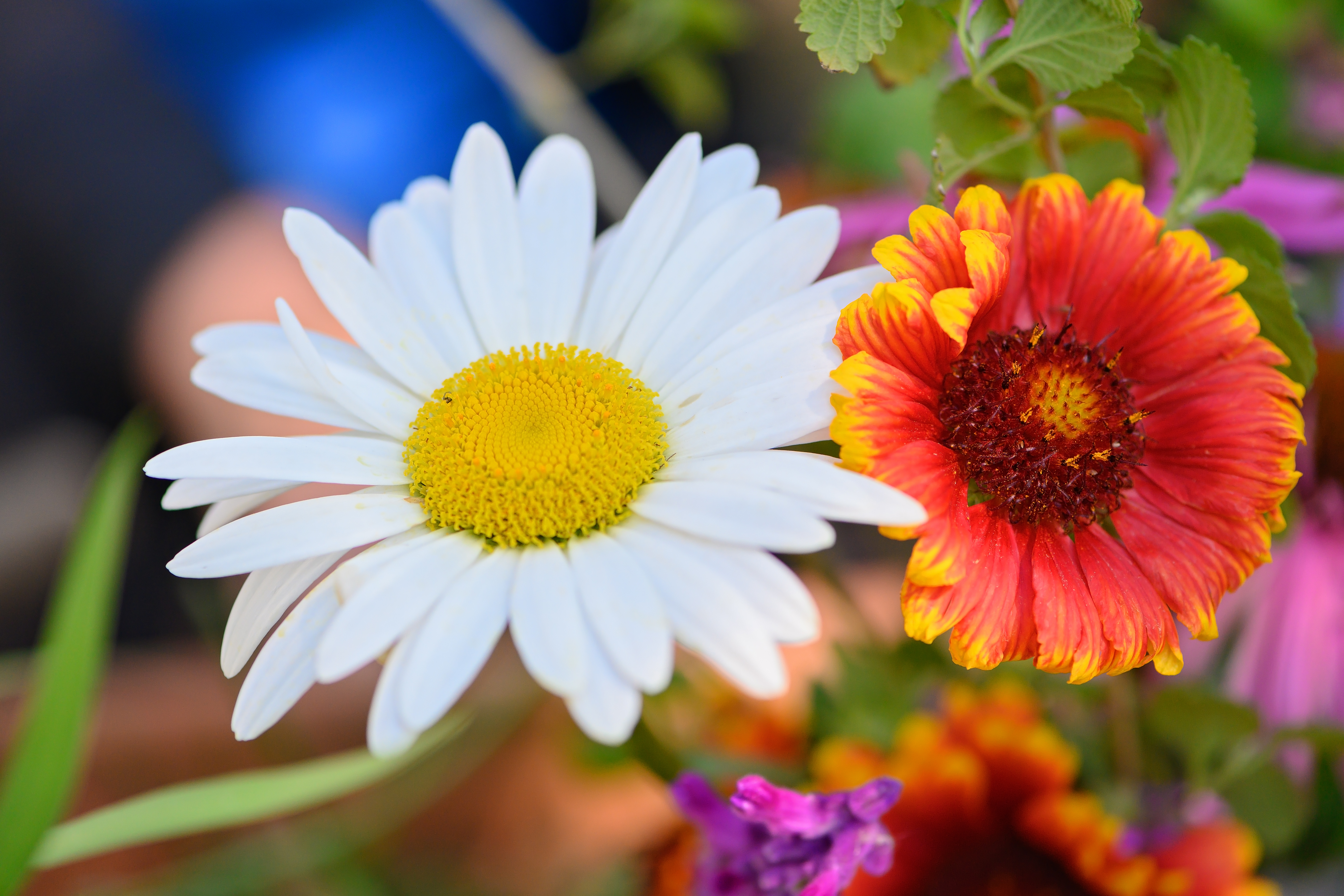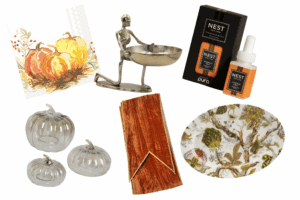Planting with purpose: Secrets to attracting butterflies in the backyard
This article originally appeared in the April 2019 issue of inRegister.
If you’re an opera buff, Madame Butterfly may be a musical favorite, but if the outdoors calls, think of butterfly gardens. That’s what Megan Sheehan-Dean is doing this spring as she and her family are just beginning the process of transforming their yard into a garden, hoping to attract all kinds of butterflies.
“It will take several months because we’re killing the grass naturally—covering with contractor grade plastic and mulch—and we’re doing the work ourselves,” says the former teacher. “I use the word ‘work,’ but I don’t think of it as work. Being outside and digging in the dirt is relaxing to me.”
Sheehan-Dean first became interested in luring butterflies to her landscape when she was teaching preschool. “I would bring a few of the caterpillars into my classroom so the children could watch them grow,” she says. “A few times we actually witnessed monarchs slowly emerging from their chrysalises. Such an amazing sight.”
In planning her home butterfly garden, Sheehan-Dean sought advice from neighbor Ginger Ford, a registered nurse who has nurtured her own colorful gardens for decades and also finds joy in helping others with their own blooming backyards. “I have been gardening since I was a small child,” Ford says. “My parents were avid vegetable and flower gardeners. I was encouraged to plant flowers early on and enjoyed bringing my mother’s flowers to school.”

Ford’s first piece of advice to would-be garden growers like Sheehan-Dean is to start small. “Be honest about how much time or effort you really want to expend,” Ford says. “Gardens don’t take care of themselves—hence the term ‘tending the garden.’
Butterfly gardens can be planted in a small patch of ground such as a 3-foot-square plot or even just in a collection of pots, Ford says. “For instance, an old wheelbarrow with holes in the bottom can be used as a planter … and will bring the butterflies in if planted with flowering plants,” says Ford, adding that full sun, good drainage and fertile soil are all essential to success. “I would suggest a container butterfly garden to start off with. It is not permanent and can be moved to other locations in the yard. Use materials that are free and available nearby, such as soil from the side of the street and oak leaves and pine straw for mulch.”
When it comes to picking plants for a butterfly garden, Ford suggests quality over quantity. She recommends including a host plant such as milkweed, which provides food for monarch caterpillars, as well as nectar plants including coreopsis, zinnia, cosmos and blanket flower. “Discuss your project of making a butterfly garden with the guru at your nursery,” Ford says. “They know exactly what to do. I don’t advise beginners to buy from big box stores that don’t give guidance on your purchase. Tell the horticulturist what colors your like and don’t like and what plants you like and don’t like—or have the person make selections for you.”
Sheehan-Dean says her butterfly garden will include milkweed, pentas and salvia, all of which attract butterflies, along with plants such as dill and parsley that caterpillars eat. “Bright red and orange also attract them,” Sheehan-Dean says. “What’s great is that I have neighbors with similar plants in their yards, so the little winged creatures have quite a buffet.”
Once the plants are in place, Ford says regular care is key, especially in a warm climate like here in south Louisiana. “Remember to water,” stresses Ford. “Cut off dead blooms to get more blooms, and don’t get overwhelmed or impatient. Let Mother Nature do her thing. Butterfly seasons are becoming longer due to mild winters, and some of the monarchs that normally migrate to California or Mexico stay here all year.”

But even with all the effort involved, Ford reminds new gardeners that the process should be fun. “Involve your kids, and you can buy kid-size tools, too,” she says. “Share your flowers with neighbors and friends. Gardening is great exercise and a wonderful way to meet great people.”
Staying connected to neighbors and friends is an important part of gardening for Sheehan-Dean as well. In her existing home landscape, she strives to use mostly plants that come from cuttings or seeds shared by friends. “Years ago, my students gave me a book titled Passalong Plants, and I’ve loved that idea of passing along plants from your yard to share with others,” she says. “When we started this process and I dug up the monkey grass that edged the yard, I posted on Nextdoor that I had monkey grass to share. It makes my heart smile knowing that it’s now in four other yards and a school garden.”
With her colorful plans in place, Sheehan-Dean can hardly wait until the first fluttering creature touches down on a blooming plant in her new butterfly garden later this year. “The biggest issue for me is being antsy,” she says with a laugh. “But that’s part of the beauty of what gardening does for me—it helps me exercise my patience.”












